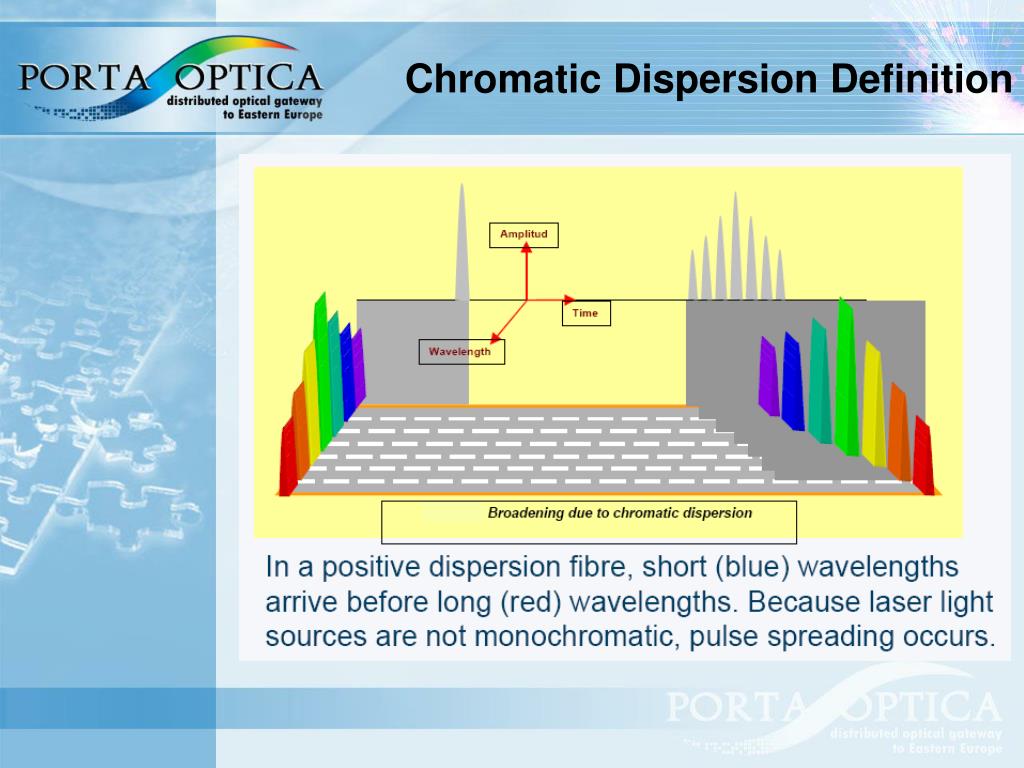

In this context, syntactic networks, in which nodes are words and links the projection of actual syntactic relations, have been shown to be an interesting abstraction to grasp general patterns of language production. In this context, a promising approach to its structure and evolution involves considering language in terms of networks of interconnected units instead of unstructured collections of elements-e.g. However, most of these models do not make any assumption about the role played by actual interactions among words, or, more generally, linguistic units, which largely define the nature of linguistic structures.


Statistical physicists have approached the problem of language evolution showing, for example, that non-trivial patterns are shared between language inventories-collections of words-and some genetic and ecological neutral models (see and references therein). How can we explain or interpret such nonlinear pattern? This sudden increase of grammar complexity is known as the syntactic spurt, and defines the edge between the two words stage, where only isolated words or combinations of two words occur, to a stage where the grammar rules governing this syntax are close to the one we can find in adult speech-although the cognitive maturation of kids makes the semantic content or the pronunciation different from the adult one. Indeed, around the age of two, linguistic structures produced by children display a qualitative shift on their complexity, indicating a deep change on the rules underlying them. And yet, in spite of its complexity, syntax is accurately acquired by children, who master their mother tongue in a few years of learning. Such structures are the product of a set of rules defining syntax, which are extracted by human brains through language acquisition during childhood after a small sample of the whole combinatorial universe of sentences has been learned. Maybe the most defining and defeating trait is its virtually infinite generative potential: words and sentences can be constructed in recursive ways to generate nested structures of arbitrary length. Language is a milestone in our evolution as a dominant species and is likely to pervade the emergence of cooperation and symbolic reasoning. The origins of human language have been a matter of intense debate.


 0 kommentar(er)
0 kommentar(er)
